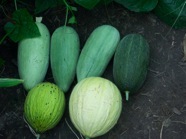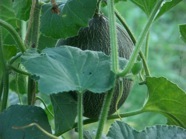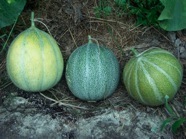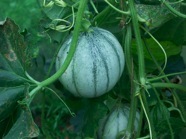
Ma-Me
MACA
One of the things that’s commercially available...in tablet form...
Coming from the high Peruvian Andes, maca requires specific circumstances to grow out well. I have been unable to imitate these circumstances, my maca (Lepidium meyenii) roots stay small (many pictures of 5 cms thick maca can be found on the internet) and tiny... I tried everything, winter sowing, spring, summer, autumn sowing, but these sowings all had the same result: tiny roots..Now since a few years I’m growing out seeds, and try to select the biggest plants to grow out seeds again in order to create a bigger plant and certainly root. But, up to now, no visible successes... Maca isn’t that difficult to grow, it grows in different seasons, but , to my shame, I noticed my selected maca for growing out seeds couldn’t stand -10°, so it does need some protection...The taste is very much radish-like, the leaves can also be eaten, they have a similar taste...

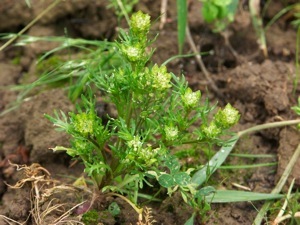


MARIAH THYSTLE
One of the huge plants in the vegetable gardens, and , a very very prickly one! So , just don’ t go placing this everywhere when you don’t like thorns. The plants are very fast growing, and can be sown in spring, summer or autumn. Autumn seedlings grow quickly in spring to become big. The leaves , roots, and unripe flowerheads can be eaten. I only tried the leaves, prepared as spinach, and I like the taste, milder compared to spinach... If you mix the cooked leaves , there’s no need to cut aways the thorns, but you may want to do that for transportation of the leaves to the kitchen....
The plants re-seed easily, so be careful!! And they stand quite harsh temperatures, -16° kill a few leaves, but the plants recovered within a week.

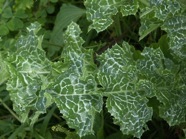
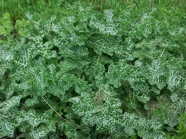
See:mashua
MASHUA
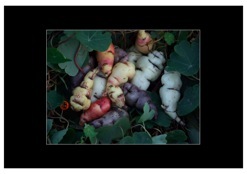
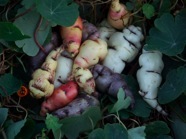
MAUKA
See: mauka
MELON
Without any doubt, my favourite part of the summer is when the melons are ripening off. They change their colour a bit, the greenhouse begins to be full of the sweet smell, the attachment point between stem and melons begins to show little cracks... At that moment, I cut them, leave them for a day or more (depending on the variety) in the greenhouse (if it’s not too warm, otherwise they could burn, yes, I’ve had that...), and eat the wonderful fruits...
They want lots of warmth, certainly at their feet. So the greenhouse is really the place to be for them, but I do try them outside (only one variety really grows outside without stem rot, and that’s ‘de Bellegarde’. There are lots of varieties, one very good unknown one is Streits Freiland Grüngenetzt, a marvelous greenfleshed melon with a superb taste, probably one of the best existing (but not available commercially...)

